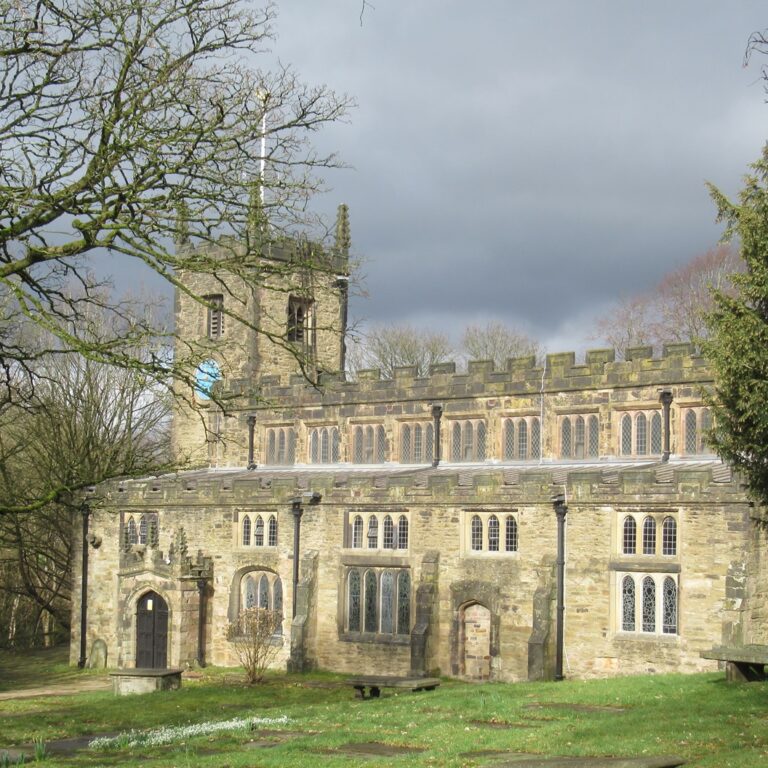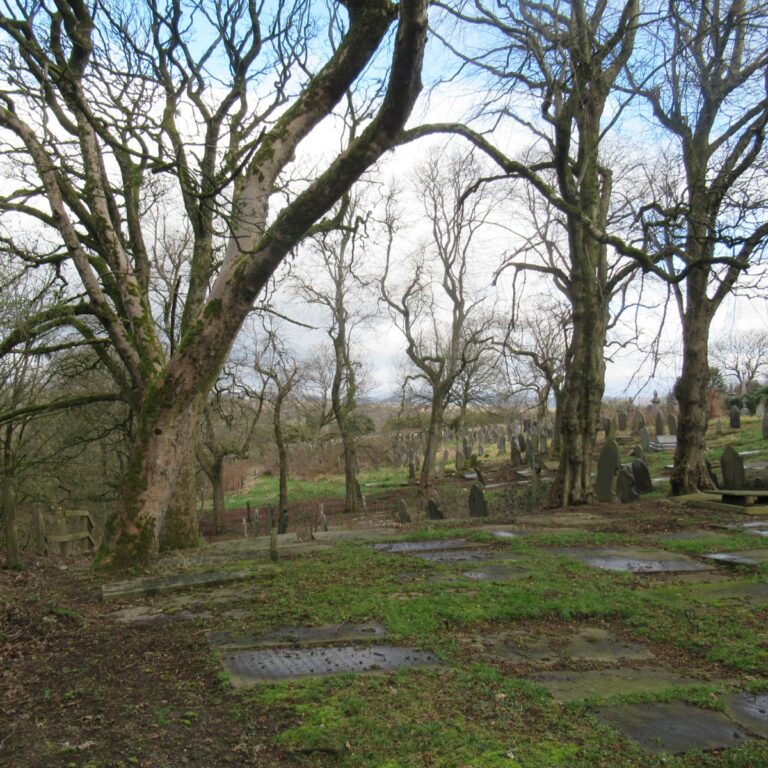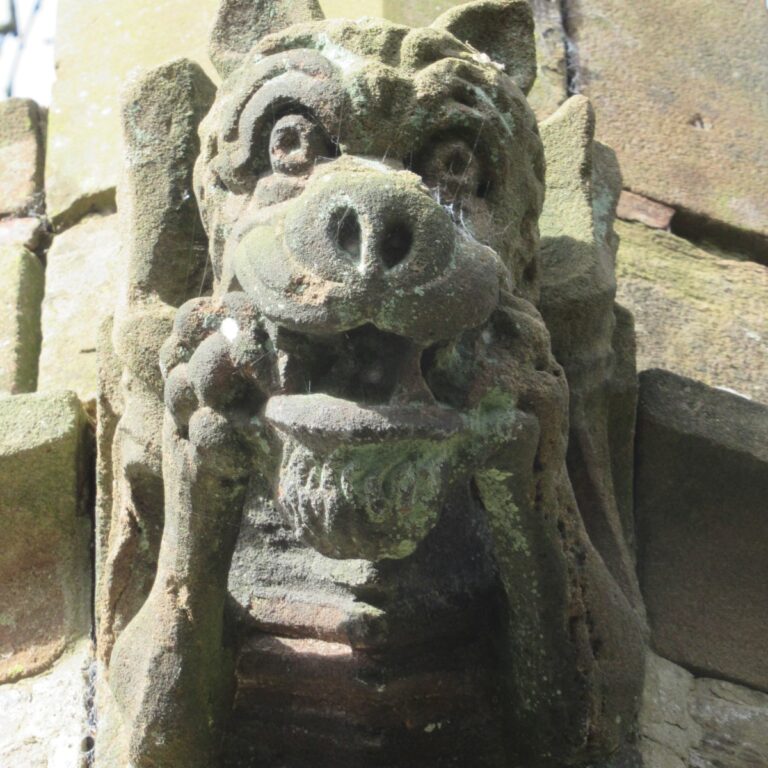Places: Deane
Widget not in any sidebars
DEANE
Deane was a chapelry of the parish of Eccles, owned by Whalley Abbey, until, in 1541, it became an independent parish in the gift of the Crown by letters patent of Henry VIII, patron following the dissolution of the abbey in 1537. In 1545 the vicar of Eccles deposed that the parishioners of Deane had petitioned for the creation of the parish because they objected to having to contribute to the building costs of Eccles church. The parish comprised the townships of Heaton, Middle Hulton, Rumworth, Farnworth and Kearsley, plus the chapelries of Halliwell, Horwich, Little Hulton and Westhoughton.
Before 1541 the priests who officiated at Deane had been appointed by the vicars of Eccles who paid them an annual salary of £4, but thereafter as they had no power to appoint or remove the new vicar, they refused to pay him. Moreover, they claimed that the income of the parish of Eccles was diminished by the consequent loss of fees.
In February 1538 a lease of the rectory of Eccles ‘and the chapel of Deane, annexed to it’ had been granted to John Penne, the royal barber, who had extensive estates in Hertfordshire. However, because John Penne had not paid the rent the lease was transferred to Thomas Holcroft in 1545.
The parish of Deane was a discharged vicarage which means that any vicar was ‘dischardged and acquited for ever’ from payment of a tax called first-fruits on taking over the vicarage because the value of the living was under £10 per annum.
The church building has apparently developed from a small fourteenth-century building to which additions and alterations were made over the following centuries, some of which were not popular. In 1522 Richard Heaton of Heaton complained to the court of the Duchy of Lancashire that he had constructed an ‘Ile’ within the church, with a ‘chappell of tymbre’ containing an altar where Mass was said regularly. A group of about forty men demolished the wooden structure during the night and got rid of all the timber.
Despite such disagreements, the building was subsequently altered and extended, although the west tower and north doorway are fourteenth century. There was a comprehensive enlargement and reconstruction in the nineteenth century.
In the churchyard is a memorial to George Marsh, the Protestant martyr, who was born in the parish of Deane and taken prisoner while preaching there. Immediately after his arrest he was taken to Smithills Hall in the township of Halliwell, before being transferred to prison and then to Chester, where he was tried in the Consistory Court and burned at the stake in 1555.
A large part of the parish is now within the Bolton conurbation and the textile industry has been important in the area, with handloom weaving and the later development of cotton mills. There were also extensive bleach works in the area. The parish is situated on the Lancashire coalfield and mining became an important industry.
Field names
named in EDC 5/2/1 –
derlayglad hey
radford
mutchaw the new marled yerth in the hyll
the newe close mosse Filde
barli crofft
the heythe
horhey medo
steward medo
chodlachmedo
Sources:
Pleadings and depositions in the Duchy Court of Lancaster Part 1, Henry VII and Henry VIII, ed. Henry Fishwick (The Record Society of Lancashire and Cheshire, 32, 1896), p. 111
Pleadings and depositions in the Duchy Court of Lancaster Part 2, Henry VIII, ed. Henry Fishwick (The Record Society of Lancashire and Cheshire, 35, 1897), pp. 197-199
‘Deane – Dembleby’, in A Topographical Dictionary of England, ed. Samuel Lewis (London, 1848), pp. 23-28. British History Online http://www.british-history.ac.uk/topographical-dict/england/pp23-28[accessed 28 November 2022]
‘Salford hundred: The parish of Deane’, in A History of the County of Lancaster: Volume 5, ed. William Farrer and J Brownbill (London, 1911), pp. 1-5. British History Online http://www.british-history.ac.uk/vch/lancs/vol5/pp1-5 [accessed 28 November 2022]
‘Henry VIII: April 1545, 26-30’, in Letters and Papers, Foreign and Domestic, Henry VIII, Volume 20 Part 1, January-July 1545, ed. James Gairdner and R H Brodie (London, 1905), pp. 278-329. British History Online http://www.british-history.ac.uk/letters-papers-hen8/vol20/no1/pp278-329 [accessed 28 November 2022]












